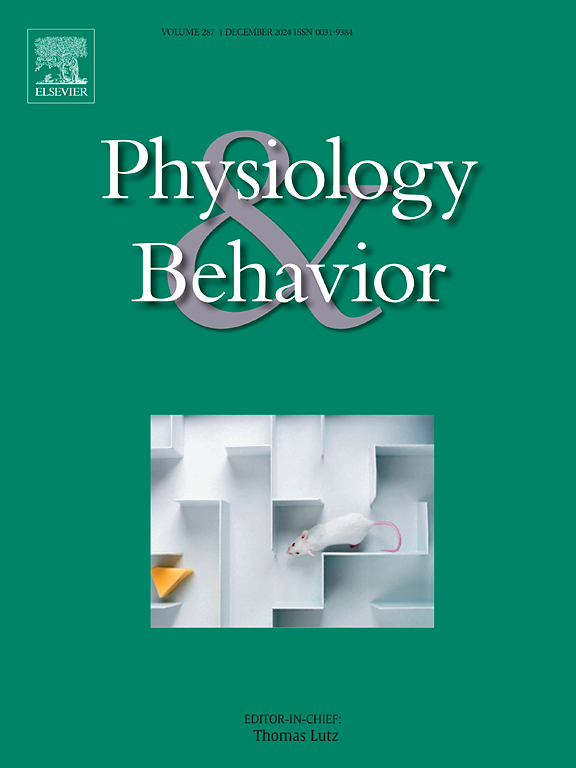Association between sense of coherence and phasic heart rate variability under psychosocial stress conditions
IF 2.5
3区 医学
Q2 BEHAVIORAL SCIENCES
引用次数: 0
Abstract
The concept of sense of coherence (SOC) is fundamental in salutogenesis, with an enhanced SOC being conducive to health promotion. Nonetheless, the precise physiological mechanisms through which SOC responds to stress and influences health remain incompletely understood. This study aimed to compare the effects of varying SOC levels on the autonomic nervous system during psychosocial stress conditions, employing phasic heart rate variability (HRV) as a measure. Thirty healthy volunteers participated in the study and were categorized into low- and high-SOC groups according to their SOC scores. A speech preparation task served as the acute stressor, with HRV recorded for physiological assessment. HRV data were analyzed across three phases—baseline, stress, and recovery. Two-way repeated-measures analysis of variance revealed a statistically significant distinction in the root mean square of successive differences (RMSSD) values between the low- and high-SOC groups under stress conditions (p = 0.026). In particular, the high-SOC group exhibited a significant increase in RMSSD values during the transition from the stress to recovery phase (p = 0.020), whereas the low-SOC group displayed no significant change in RMSSD values (p = 0.844). These findings suggest that individuals with low SOC may encounter challenges in effectively regulating the autonomic nervous system, potentially leading to slower recovery from stress.
心理社会应激条件下连贯感与阶段性心率变异性的关系。
连贯感(SOC)的概念是健康发生的基础,增强的SOC有利于促进健康。然而,SOC对应激反应和影响健康的确切生理机制仍不完全清楚。本研究旨在比较不同SOC水平对自主神经系统在社会心理应激条件下的影响,采用阶段性心率变异性(HRV)作为衡量标准。30名健康志愿者参加了这项研究,并根据他们的SOC得分分为低SOC组和高SOC组。演讲准备任务作为急性应激源,记录HRV用于生理评估。HRV数据分为基线、压力和恢复三个阶段进行分析。双向重复测量方差分析显示,在应激条件下,低soc组和高soc组之间的连续差异均方根(RMSSD)值具有统计学意义(p=0.026)。其中,高soc组的RMSSD值在应激到恢复阶段的过渡过程中显著增加(p=0.020),而低soc组的RMSSD值无显著变化(p=0.844)。这些发现表明,低SOC的个体可能在有效调节自主神经系统方面遇到挑战,可能导致从压力中恢复较慢。
本文章由计算机程序翻译,如有差异,请以英文原文为准。
求助全文
约1分钟内获得全文
求助全文
来源期刊

Physiology & Behavior
医学-行为科学
CiteScore
5.70
自引率
3.40%
发文量
274
审稿时长
47 days
期刊介绍:
Physiology & Behavior is aimed at the causal physiological mechanisms of behavior and its modulation by environmental factors. The journal invites original reports in the broad area of behavioral and cognitive neuroscience, in which at least one variable is physiological and the primary emphasis and theoretical context are behavioral. The range of subjects includes behavioral neuroendocrinology, psychoneuroimmunology, learning and memory, ingestion, social behavior, and studies related to the mechanisms of psychopathology. Contemporary reviews and theoretical articles are welcomed and the Editors invite such proposals from interested authors.
 求助内容:
求助内容: 应助结果提醒方式:
应助结果提醒方式:


